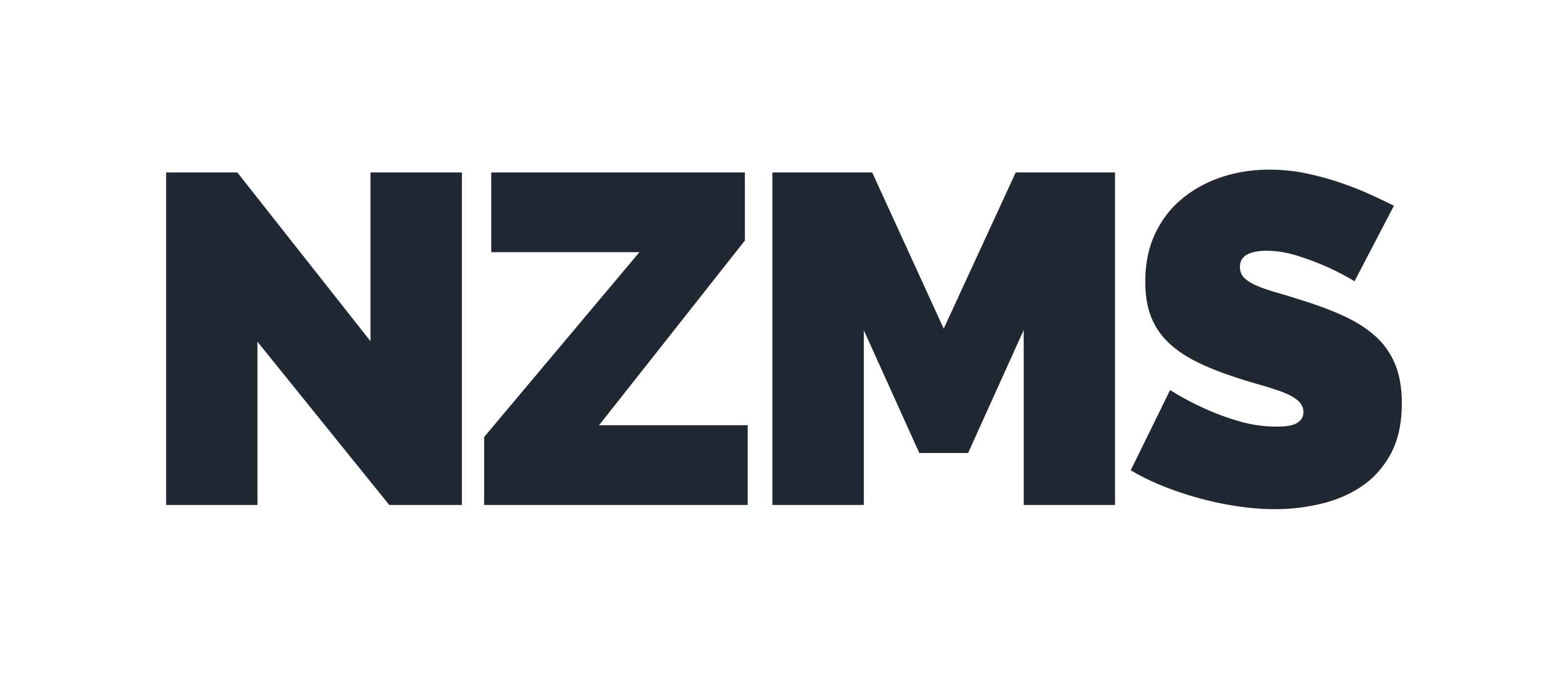In April I wrote about attending the 18th biennial VALA conference in Melbourne thanks to generous support from New Zealand Micrographic Services and LIANZA. Now, six months later, I wanted to write about the thinking that has stayed with me since the conference, and what I’ve been able to apply to my role as a Librarian working with heritage collections. There really was a lot to think about.
VALA’s long title is VALA2016: Libraries, Technology and The Future and, as I mentioned earlier this year, it provided a wonderful opportunity for 1300 delegates from across the GLAM and information management sector to engage critically with the technological landscape shaping their work. Speakers addressed diverse subjects from across our vast IT ecosystem: the Internet of Things, data librarianship, online exhibitions, start-up logic, RDA triples, online communities, and alt-metrics. This mix of topics was exciting since my work – like that of many others – sits across boundaries. I work within both archival and library fields, as well as with cross-sector metadata standards.
Since VALA I have been thinking about many of the big questions people raised, about challenges we share across the sector, and about topics that were discussed in relation to a specific organisation and how they might apply to the world I know best. For example, speakers from the Australian Council for Educational Research discussed automated subject classification. It was fascinating to even start understanding machine learning and unpack how this technology can impact indexing. It made me think about where machine learning and automated metadata sits in relation to other descriptive practices. What would it take to ‘teach’ a machine about unique materials? At a broader level this topic tapped into questions raised by other speakers too: what value does automation provide? And inevitably: how might librarians’ roles change into the not-so-distant-future?
Other cross-sector considerations that have stayed with me since VALA are around access to collections. It was a strong theme across VALA and topics range from avowedly experimental to awesome best-practice: from viewing collections with virtual reality headsets to digitisation projects to online exhibitions created by and for the community. My lasting impression has been that technology can be leveraged in so many different ways to make collections available to the communities whose stories they tell. As I said, there really was a lot to think about.
In a day-to-day sense, I have been able to reflect on my job as a Librarian who creates collection metadata. Happily for me, data was everywhere at VALA. Speakers discussed crowd-sourcing metadata, automating metadata creation, the possibilities of linked data, managing datasets, and how GLAMs can work with Wikidata. These topics haven’t so much altered how I do my job day-to-day, but have definitely helped me put my work in a much larger context; one that it is easy to forget exists when you’re focusing on the details of description. I love thinking about what our catalogue data can be used for once we’ve created it, and about how catalogues and finding aids are datasets: objects in themselves and open to as much interrogation as any primary resource. There are dizzying opportunities here and I am learning how to ask questions of the data I create myself. At the moment this means focusing on becoming fluent in Encoded Archival Description (EAD) and learning how to manipulate XML.
These were just a few of the many thoughts and questions that have stuck with me since VALA. It was a wonderful opportunity to think both broadly and in detail with a variety of colleagues. As I also said in April, I would encourage other librarians, archivists, information managers, curators, and students to attend VALA2018.
Author: Flora Feltham
